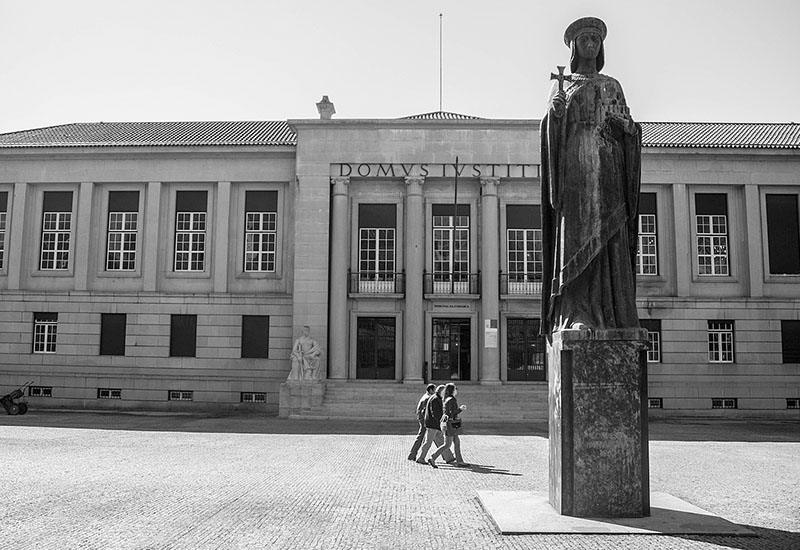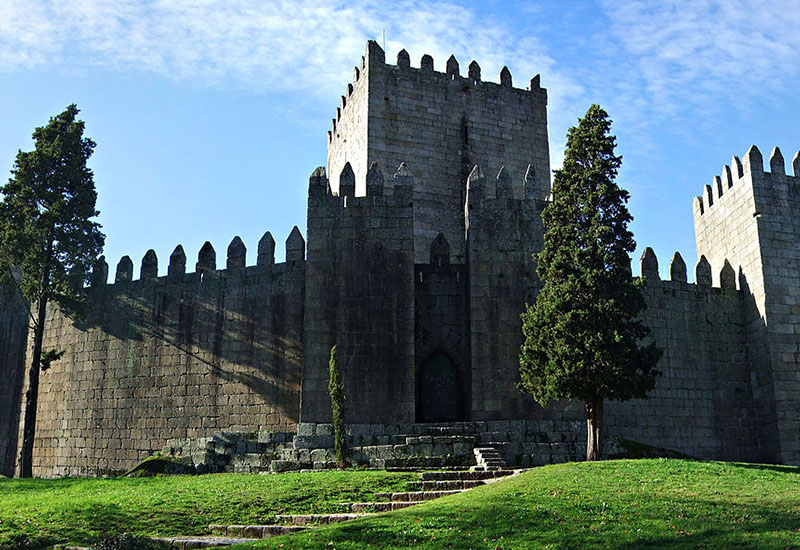To celebrate International Women’s Day on 8 March, it felt fitting to reflect on the life of one of Portugal’s most prominent women, who fought for Portugal’s freedom and created the country’s first capital. This is the life story of Countess Mumadona Dias.
The 10th-century Galician noblewoman and Countess of Portugal ruled the country alongside her husband, Count Hermenegildo Gonzalez, from c. 920 up until his death in 950. From then on, Mumadona continued to rule alone, single-handedly, until she died, in 968 AD.
Credited as one of the most powerful women on the northwestern Iberian peninsula, Mumadona Dias continues to be celebrated today by several Portuguese cities, including the birthplace of Portugal, Guimarães, Portugal’s first capital and the city that she protected from invading forces.
Born in c. 900 to Count Diogo Fernandes and Countess Onega, Mumadona Dias was one of three daughters. She grew up in Vila de Creximir near Guimarães, which was gifted to her parents by King Ramiro II. Count Diogo was a tutor to the future King Ramiro and accompanied him when he established his court in Viseu.
In 928, Mumadona Dias’ mother is said to have donated a considerable sum to the 6th century Monastery of Santa Maria de Lorvão for the soul of “Veremudo dive memorie”, where she mentions her four children, including Mumadona, which etched the family name in history.
A descendant of the Royal family of Léon, Mumadona fittingly married Count Hermenegildo Gonzalez, who was around 10 years her junior, sometime between 915 and 920, later having six children together. Her husband appeared in medieval charters in 926, but according to common belief, it is thought that he died at a relatively young age.


Upon her husband’s death, the Countess became one of the most powerful women of the time in the north west of the Iberian peninsula. Astutely refusing to marry again, she became the owner of lands that included a big chunk of what is today the north of Portugal and extended down to modern-day Coimbra.
During her widowhood, Mumadona would put her mark on Portugal’s history, founding the Monastery of Guimarães in c. 951 after divine inspiration.
Located on her property in Vimaranes, it was there she professed her vows and ordered the construction of the castle of Guimarães to protect its people against Viking invasions. As raids continued, the countess gave the castle to the monastery in a selfless act to protect the clergy from the advancing forces. In turn, Guimarães castle became the headquarters of the court, marking the birth of the modern-day country Portugal.

In July 950, her domains were divided among her six children, giving her son and heir Gonçalo Mendes the county of Portugal. The monastery of São Mamede, which Countess Dias founded, eventually became the beneficiary of many of her possessions, inheriting cattle, incomes, and a host of religious objects and books which is documented in Mumadona Dias’ last will and testament, held in Guimarães’ Cenóbio monastery. After her death in 968, at the age of 68, presumably in Guimarães, a statue of Portugal’s most formidable ruler was erected in the city centre in the aptly named Largo Condessa Mumadona Dias in 1960.
Today the city of Guimarães is heavily revered in Portuguese culture. The epicentre of the development of Portugal, the city’s ancient architecture, protection, and legacy is all thanks to one woman, the mother of Portugal and the most famous countess in all of Galicia – Mumadona Dias.












